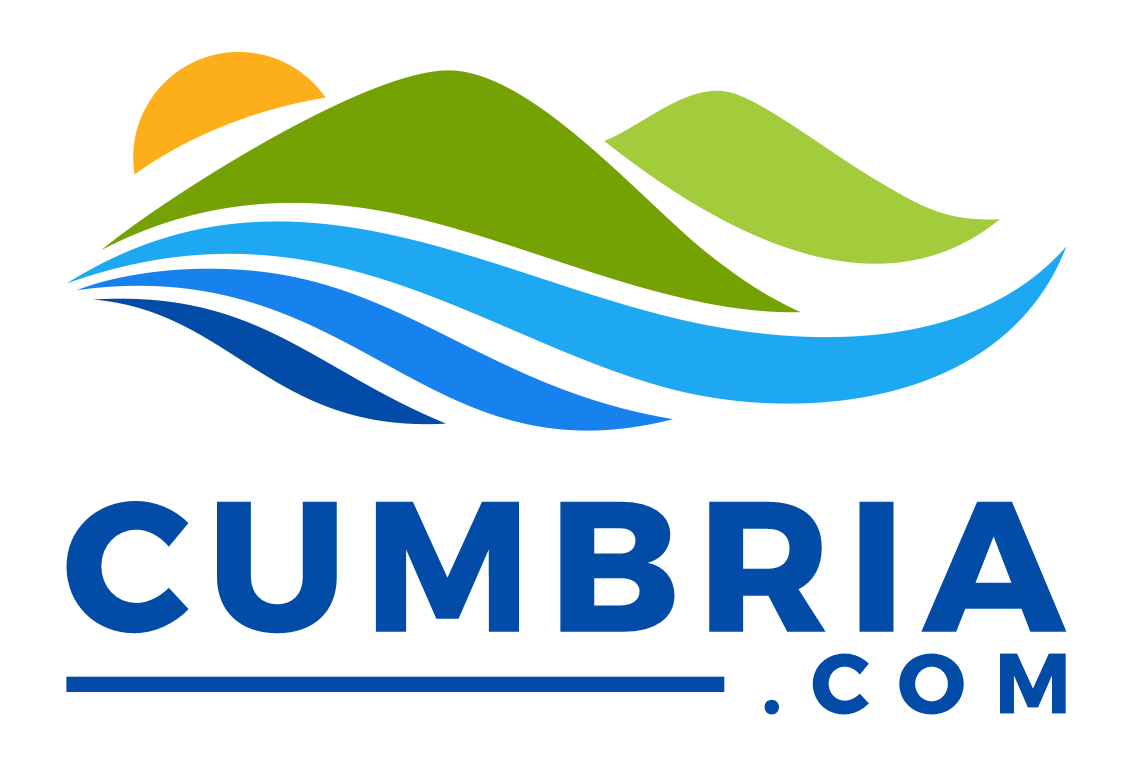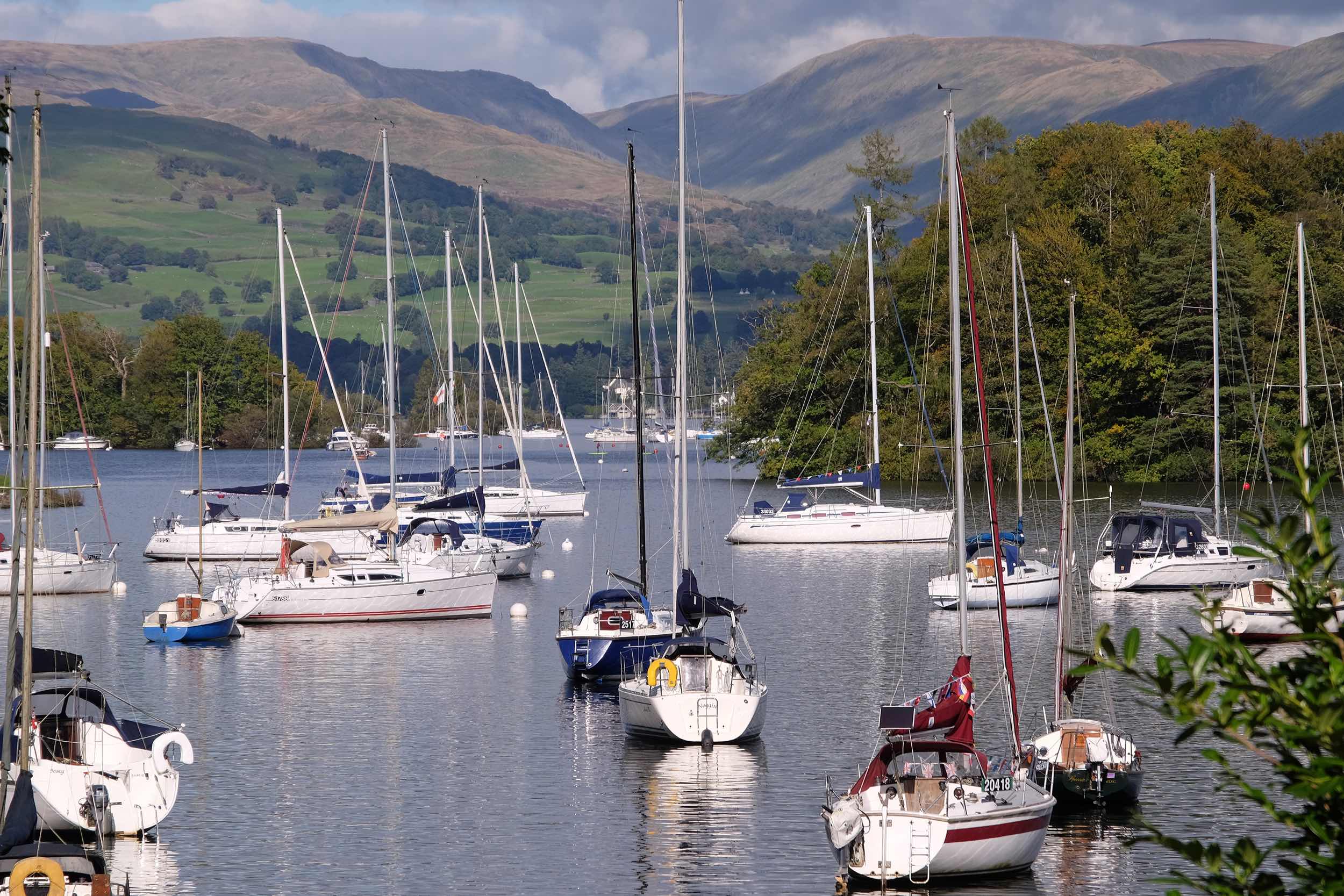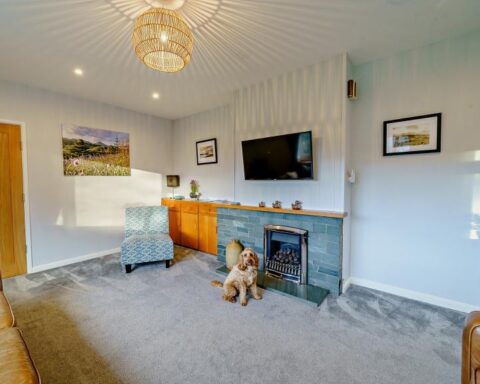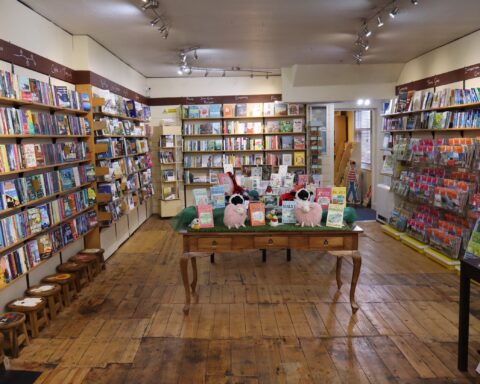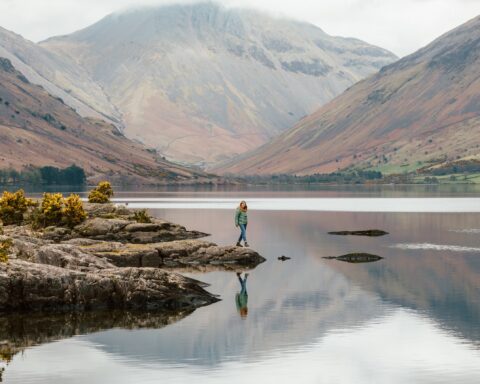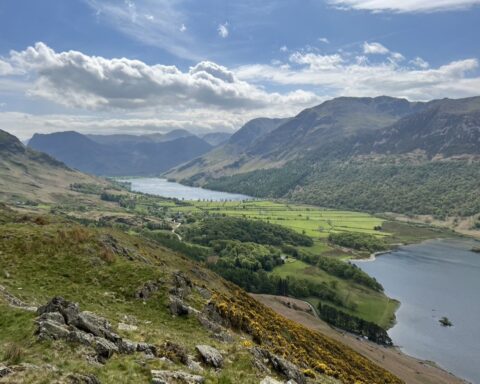Exploring Windermere: A Guide to the Largest Natural Lake in England
Lake Windermere is England’s largest natural lake, stretching almost 11 miles from Ambleside in the north to Lakeside in the south. Rivers from the high fells feed it and have a sedate, winding path.
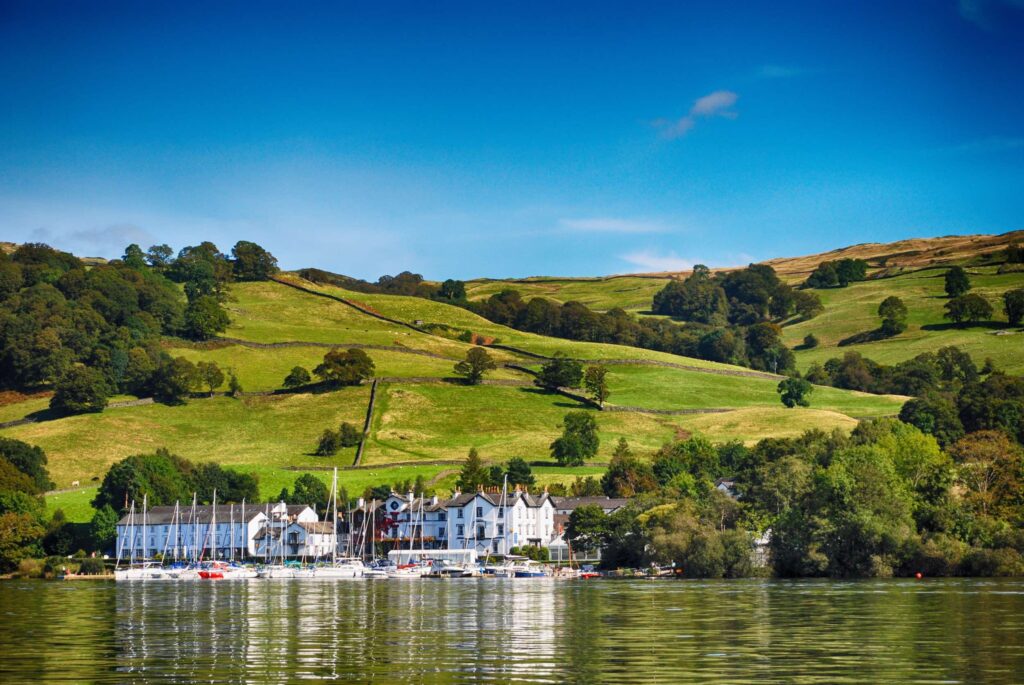
The Wild Western Shore of Lake Windermere
The wild western shore is very peaceful. It’s covered in dense forest, and the low hills drop suddenly to the water’s edge. There’s a narrow strip of land where public rights of way pass. Many people enjoy walking and cycling along the northern half of the lake. There are several miles of traffic-free routes, and bikes can be rented from various locations. On this side of the lake, visitors can enjoy attractions such as Wray Castle, a Victorian neo-Gothic mansion owned by the National Trust. Claife Viewing Station is also a popular spot, as it offers a unique perspective on the lake and has recently been restored.
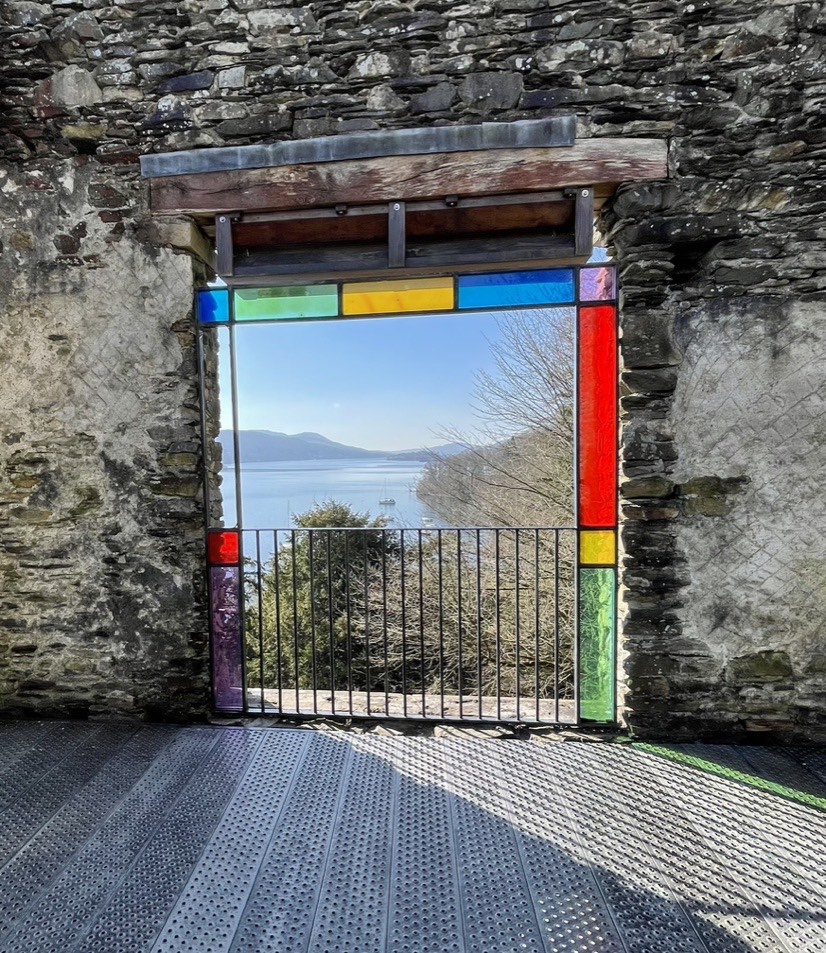
The Eastern Shore of Lake Windermere
The eastern shore is more developed with a main road running alongside it. Tourist resorts of Bowness-on-Windermere and Windermere village are located here, along with luxury hotels and expensive homes. Public access is limited to just a few places outside of the villages, including Holme Crag, Brockhole visitor centre, Millerground, Cockshott Point, and Fell Foot Park. All of these places offer breathtaking views across the water.
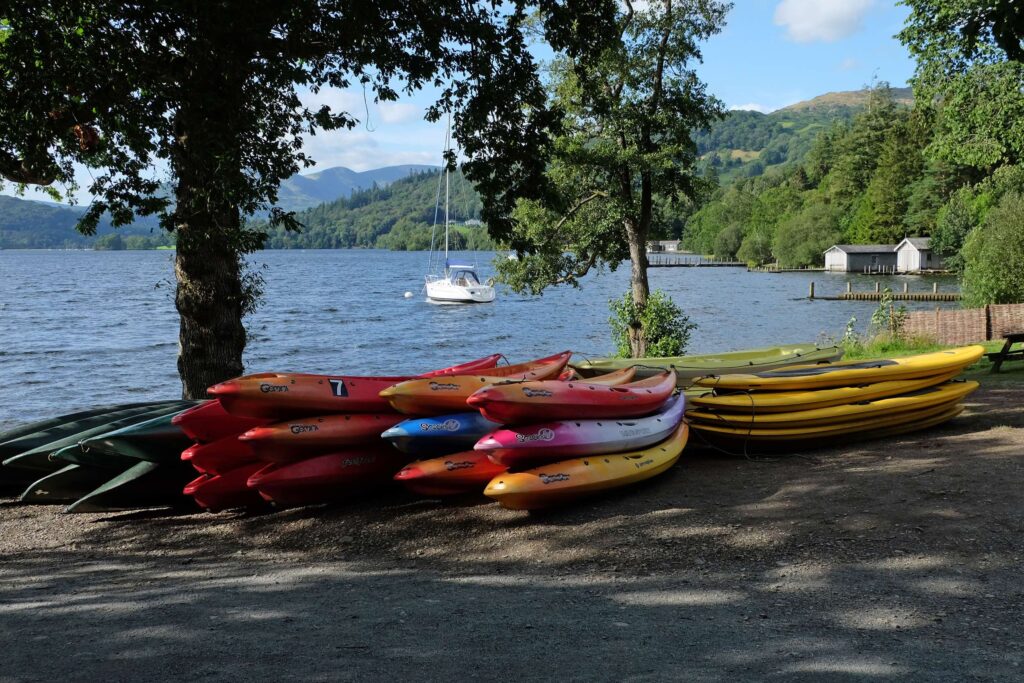
Water Activities on Lake Windermere
Kayaks, canoes, rowing boats, motorboats, and stand-up paddleboards can be hired at Fell Foot Park and Brockhole, as well as from businesses at Waterhead, Bowness, Ferry Nab, and Low Wood Bay (except in winter).
You can also take lessons ranging from hour-long tasters to multi-day sailing courses. Low Wood Bay also offers fly-boarding, where you can fly above the lake’s surface on boots propelled by water-powered jet nozzles. It’s the Lake District’s only water skiing centre.
Lake Cruises and Ferry
There are lots of places where owners can launch their own boats, too, although permits are required for powered craft. There is a speed limit of ten nautical miles per hour, which drops to six miles an hour in some places.
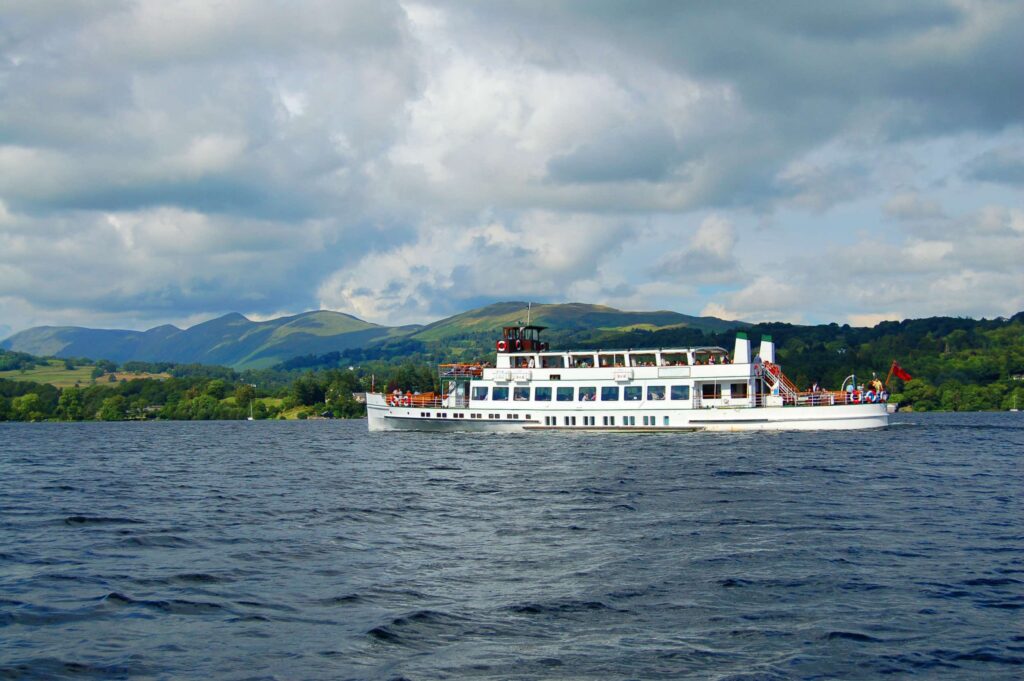
Windermere Lake Cruises offer a gentler way of enjoying the Lake District from the famous lake. Boats operate all year round, serving various points along the entire length of Windermere. There’s also a council-run cable ferry that carries passengers and vehicles across the middle section of the lake in about 10 minutes. These also run throughout the year, weather and lake conditions permitting, with three ferries each way per hour.
Islands on Windermere
There are several islands on Windermere, most of which are little more than tree-crowned rocks. The largest lot is the privately owned Belle Isle, occupied by a neo-classical, domed house. Built-in the 1770s and heavily influenced by the Pantheon in Rome, it’s considered England’s first cylindrical mansion. There is no public access to Belle Isle.
Lake Windermere Hotels
The Den – The White House Windermere – Bowness-on-Windermere
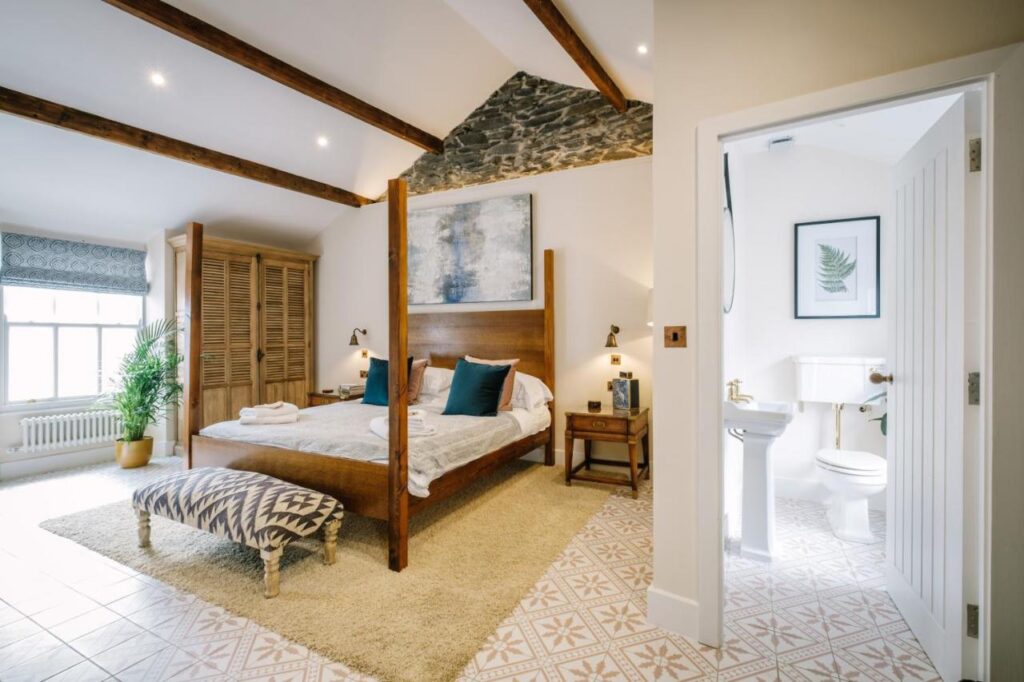
Looking for a cosy holiday home in Bowness-on-Windermere? Check out The Den – The White House Windermere, housed in a charming historic building near the World of Beatrix Potter. Recently renovated, this property features a hot tub, free WiFi, a private entrance, and an outdoor dining area.
Inside, you’ll find a bedroom, living room, flat-screen TV, equipped kitchen, and luxurious bathroom. Guests can golf and explore nearby attractions such as the Trough of Bowland or Muncaster Castle. Your stay at The Den – The White House Windermere begins with a warm welcome, with wine or champagne and chocolates or cookies. Perfect for a couple or small family, this holiday home is the ideal retreat to relax and unwind in the beautiful surroundings of Bowness-on-Windermere. Book your stay today and experience the charm of this historic building and the comfort of modern amenities.
Address: Robinson Place, Bowness-on-Windermere, LA23 3DH
>> Check rates and availability
Edge Mere Apartment – Bowness-on-Windermere
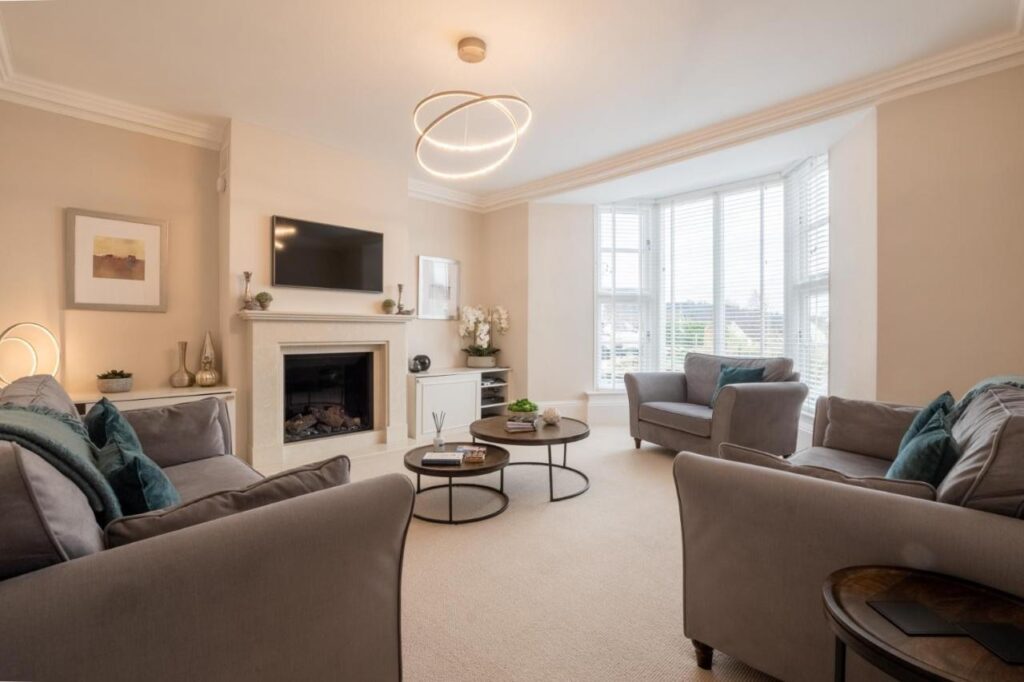
The Edge Mere Apartment is a comfortable and convenient place to stay in Bowness-on-Windermere. Its prime location near Lake Windermere makes it a great choice. The apartment offers free private parking, a cosy living room with a flat-screen TV, well-appointed bedrooms and bathrooms, a fully equipped kitchen, dining area, super fast broadband, and beautiful garden views from the patio.
Address: 2 Greenbank Chase, Bowness-on-Windermere, LA23 3BW,
>> Check rates and availability
Craigholme – Bowness-on-Windermere
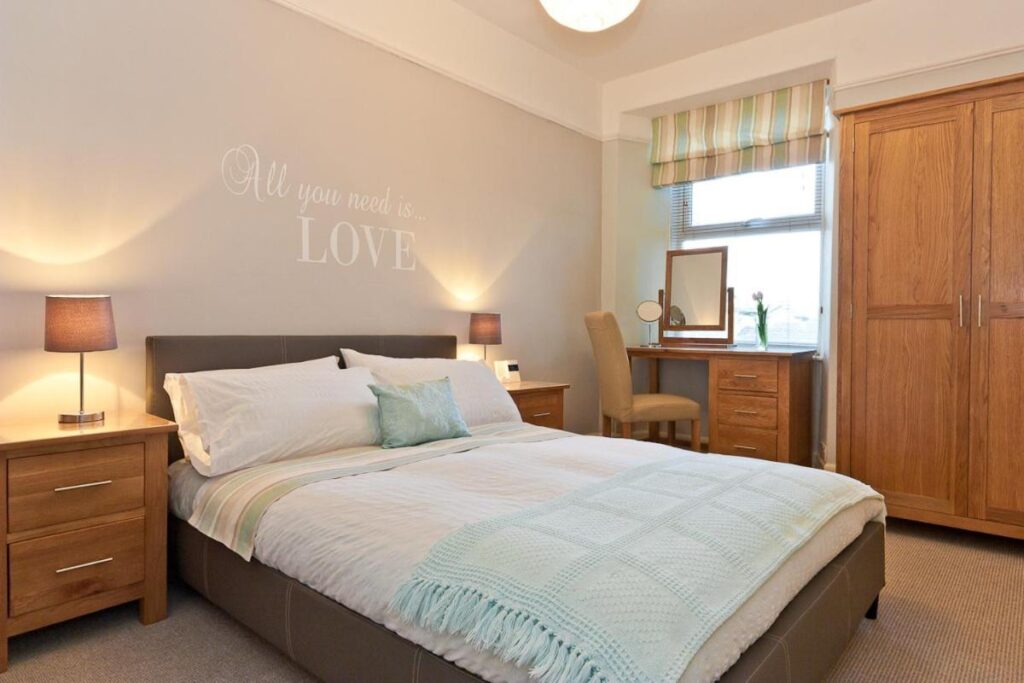
Bowness-on-Windermere is a charming destination that offers travellers a serene and beautiful atmosphere. If you’re looking for a place to stay that matches the tranquillity of the town, Craigholme is an excellent option. With all-day security, daily maid service, and free WiFi, you’ll feel at home at Craigholme.
The rooms at Craigholme are equally wonderful. Each one features a flat-screen TV, a private bathroom, and an iPod docking station. Some rooms even offer stunning mountain views! If you have allergies, Craigholme has allergy-free units available. And when you wake up in the morning, you’ll be treated to a delicious breakfast with a variety of options to choose from. Whether you prefer Full English/Irish or vegetarian dishes, fresh pastries, or pancakes, you’ll find something to satisfy your appetite. Additionally, Craigholme provides packed lunches if you plan to go on a day trip to see local landmarks. Overall, Craigholme is a top-notch choice for your stay in Bowness-on-Windermere.
Address: 70 Craig Walk, Bowness-on-Windermere, LA23 2JS
